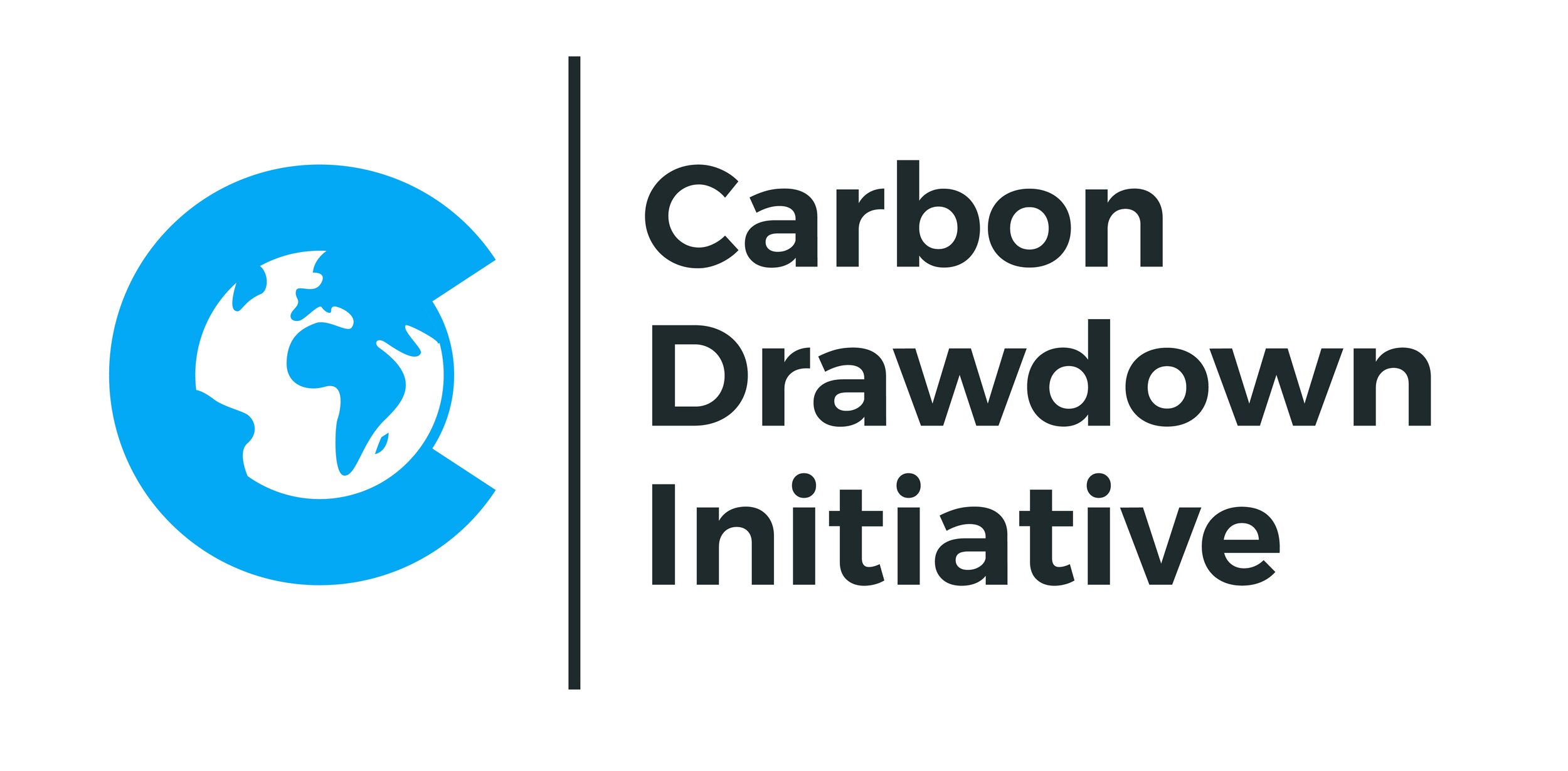Measuring/Monitoring Enhanced Weathering on Croplands Is Really Hard To Do
Enhanced weathering (EW) of basalt on croplands looks like a promising option for achieving carbon dioxide removal (CDR) at scale in the future. But there is a specific challenge: Measuring the weathering rates of basalt in “open nature” is very hard to do. To properly assess the weathering rates we need to measure this “in the field” as lab experiments are expected to show lower weathering rates which causes us to underestimate the carbon removal rates.
There are two main reasons why lab data won’t suffice:
Biologically active soil has a much higher CO₂ content than “dead” soil samples in the lab (in our experiments we have measured 15-20 times more CO₂ in the soil than in ambient air).
We expect various speed improvements for the weathering process caused by fungi, bacteria, worms, insects as well as plants/roots.
Obviously for reliable MRV (monitoring, reporting and verification) we will need ways to measure the weathering “in-situ”. So how do we do this?
MRV for EW: Mission Impossible?
In fact metering the collected carbon per hectare and time directly is almost impossible: the expected amount of the collected C per square meter of cropland per year (in the order of 50 g C or 120 g CO₂ per year) is only in the order of 5-8% of the annual carbon flux of a square meter of soil (ca. 750 g C for a corn field).
To make things worse this annual flux consists of several complex fluxes which are active in 1-2 tons of soil (1 cubic meter) and everything is diluted into several hundreds of liters of annual rain water going through each cubic meter.
Other aspects that make things further complicated are due to the “noise of nature” and the massive heterogeneity and non-linearity of almost all involved parameters (soil, rocks, climate, plants, fauna, etc.).
Two Basic Concepts
So we need to do an indirect measurement of the collected carbon. There are basically two distinctive approaches:
“Where did the rock go?”
This involves monitoring the amounts of the reaction products of the weathering reactions in the drainage waters over time, e.g. by ongoing alkalinity analysis in drainage waters each month.
Question #1: How much alkalinity was produced (good)?
Question #2: Have carbonate minerals been formed (somewhat bad)?
Advantage: Cheap lab work of water samples
Disadvantage: Samples need to be analyzed every 2-8 weeks over 1-3 years and one needs a method to get water samples (e.g. lysimeters)
“How much rock is still there?”
The other option is to monitor how much of the initial basalt treatment is still left in the soil over time, e.g. by rather complex isotope analysis every year.
Question #1: How much weathering potential is still left?
Question #2: How has the mixture rate of original soil and basalt dust changed over time?
Advantage: Only requires soil samples every 6-12 months
Disadvantage: Requires delicate and expensive isotope analysis and soil heterogeneity and/or not perfectly even distributed basalt amendement can be a challenge
Preferably both methods will work and they will show converging results which can then be fed into models and certification methods.
Stay tuned.

